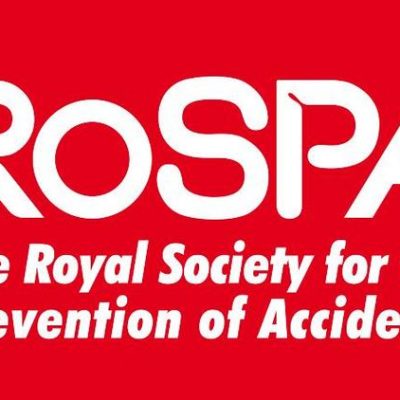The Importance Of Worker Engagement (The Following is a Promoted Article) Enfield-based Mattison Scaffolding Ltd has made great strides in health and safety over the last five years. Following the introduction of the Chartered Member of the Institute of Safety and Health John Houlihan as its in-house Health and Safety Manager, the company has built upon its commitment to the highest standards and the recognition that workforce wellbeing is consistent with overall business performance. With nearly two and a half decades’ experience working in the industry, much of that directly with the scaffolding profession, John has strategically developed the company’s policies and procedures and witnessed improvement across the board. The introduction of bespoke and innovative health and safety management systems has had the full support of Mattison’s directors, bringing not only vast improvement but the commercial benefits of best practice. Mattison specialises in all areas of scaffolding work; including regeneration and refurbishment projects, ancillary asbestos work, 24-hour emergency response unit, dangerous structure work, high security and utility work. From individual high-rise tower blocks to entire housing estates, the company works with some of the UK’s largest construction companies. Its leading position within the market is founded on in-house expertise that enables it to provide all materials, transport and labour to a project, accelerating programme speed and creating continuity between Mattison and the main contractor. This successful delivery of services has seen it involved in many partnering agreements for regeneration programmes across London. Health and safety has played a major part in the company’s commercial success in the last few years. The inherent risks associated with scaffolding work require much more than procedural requirements and qualifications. Safety must become a seamless part of the job, not an addition to it. That’s something John has targeted and he refers to it as “worker engagement”. “Five years ago, I needed to address every aspect of health and safety within the company,” he remarks. “I focused on developing systems that worked specifically for Mattison having carried out a needs analysis to identify where the weaknesses were and how we could combat them. This was complemented by the creation of a new health and safety culture, implemented across the workforce. At the beginning, it was about planting the seeds to encourage steady progress and improvement. “Worker engagement has made a great contribution to the success of our health and safety record. We hold regular meetings with our staff, we encourage feedback, and we’ve implemented a more focussed career route for staff to progress through. It’s about working from grassroots level and getting the staff involved, equipping them with the tools to take ownership of their own performance. The company recognises you’re only as good as your front line, that’s why it’s so important.” This forms a key part of Mattison’s ethos of “continual improvement”, a fundamental policy that governs all critical aspects of its work. This sees John setting reviewable performance benchmarks, which are assessed on a regular basis. Mattison’s “black hats” supervise work on site. These advanced scaffolders are given extensive training in health and safety policy before qualifying for the CISRS certification. Contracts managers support them alongside regular visits by the health and safety chief to check compliance. In addition, on every site is a comprehensive health and safety folder, documenting everything from the qualifications of the workforce to the method statement and risk assessment. It’s ideal for the client as there is one central archive of relevant information including the competencies of the operatives. Weekly compliance reports measure operational standards before this is analysed on a monthly basis. Performance is measured against pre-determined standards, which include both reactive monitoring where Mattison investigates all accidents, incidents and near misses, and pro-active monitoring where, importantly, good practice is addressed and rewarded. Key performance indicators also help performance evaluation with benchmarking against past and present standards identifying the success of management strategies. John feels it is important to reward good practice. “We don’t want to look at health and safety as purely a negative exercise; we want to point out the work of high achievers. We run recognition awards every month to highlight our top performers, which has proven very successful. It’s good from a client point of view because they can see us encouraging best practice, while our workforce is rewarded for taking ownership of their own standards and conduct.” Crucially, Mattison’s approach to health and safety starts at the beginning. New staff are inducted into the various policies and procedures the company utilises before, for a two-week period, they work alongside an experienced member of the team. “This gives us an opportunity to assess them to ensure their performance level is as we’d expect,” explains John. “It also gives them a chance to be embedded into our way of working, which may be different from previous companies they’ve worked for. However, it’s important to us that they acknowledge and understand our work ethic.” The development of a health and safety culture within Mattison has gone hand-in-hand with its growth as a business over the last few years. Measuring standards, worker engagement, collaborative liaison and bespoke training have combined to enhance its activities and improve the wellbeing and skills development of the workforce. Alongside its CHAS and Safe Contractor accreditations, the company has consistently proven a commitment to the highest standards of which safety plays such a vital part. Concludes John: “With our database of clients continuing to increase, this reflects positively on the way we work and the health and safety standards we are producing.”






